Professionals in the forestry, plant nursery and tree-care sectors across the UK are on high alert for Chalara dieback of ash trees, a destructive disease only found here for the first time in 2012.
Caused by the fungus Chalara fraxinea (C. fraxinea), the disease has the potential to kill millions of ash trees if it spreads into the natural environment. It has already caused widespread losses of ash trees in continental Europe and has become so serious in Denmark that forestry authorities there fear they could lose as many as 90 per cent of the country’s ash trees.
The disease has been found in England and Scotland in a number of nurseries and in young ash trees planted out at sites including a forest, a car park and a college campus. Most of the infected plants came from tree nurseries in Continental Europe. Infected plants are being compulsorily destroyed under statutory ‘Plant Health Notices’ issued by the Forestry Commission or the Food & Environment Research Agency (Fera) in a bid to prevent the disease spreading.
Bruce Rothnie, Head of the Forestry Commission’s Plant Health team for England, told Save Our Woods that the Commission was very worried that the disease could spread into ash trees in the wider environment, such as established woodlands and hedgerows, where it would be very difficult to control:
“C. fraxinea is a very aggressive pathogen which could inflict significant damage on Britain’s ash trees. Ash are much-loved native trees which are important for our timber and woodfuel industries, wildlife, biodiversity and landscape, and it is one of our most numerous tree species.
We are especially keen for people who look after ash trees to check their trees’ health and to report any suspicious symptoms to us without delay. It’s important to know how to distinguish Chalara dieback from other, less serious forms of dieback in ash trees, and to help with this we have published a pictorial guide to the main symptoms on our website at www.forestry.gov.uk/chalara.”
The disease mostly affects common ash (Fraxinus excelsior), including its ‘Pendula’ ornamental variety, but narrow-leaved ash (Fraxinus angustifolia) can also be infected. Deaths in continental Europe have been particularly common in very young trees, known as saplings, while older trees can resist attack for a few years, but most eventually succumb too.
Further information, including the pictorial guide to the symptoms is available on the Forestry Commission’s website at www.forestry.gov.uk/ashdieback.
Suspected cases can be reported to the Forestry Commission or the Food & Environment Research Agency at the following addresses:
Forest Research Tree Health Diagnostic and Advisory Service – tel: 01420 23000; e-mail: ddas.ah@forestry.gsi.gov.uk;
Forestry Commission Plant Health Service – tel: 0131 314 6414; e-mail: plant.health@forestry.gsi.gov.uk;
Fera Plant Health and Seeds Inspectorate – tel: 01904 465625; e-mail: planthealth.info@fera.gsi.gov.uk.
Meanwhile until Friday, 26 October, the Government is conducting a consultation on a Pest Risk Analysis for C. fraxinea prepared by scientists at the Forestry Commission’s Forest Research agency. If the comments received in the consultation endorse the approach, the Government is likely to pass legislation restricting imports of ash plants into Great Britain, and movements of ash within Britain. The risk analysis can be studied on the Fera website at http://www.fera.defra.gov.uk/plants/consultations/index.cfm .














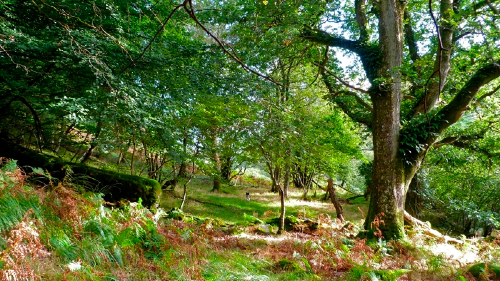
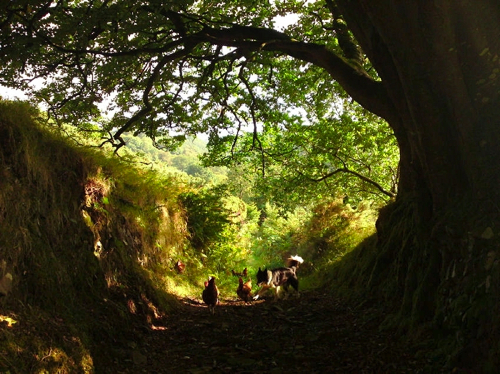
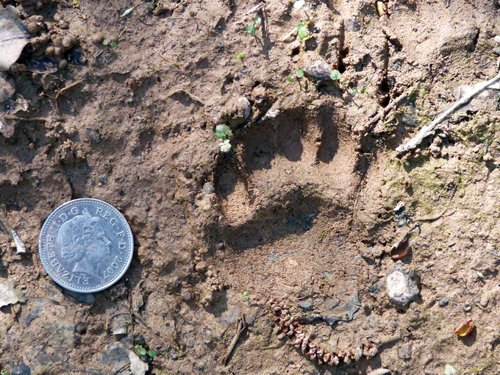
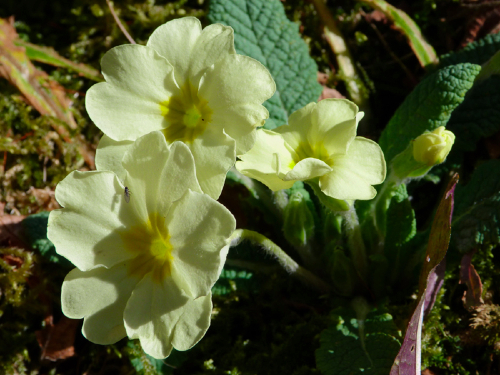

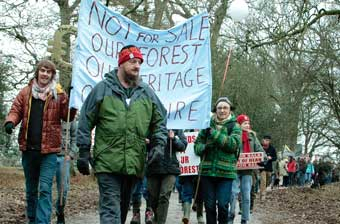

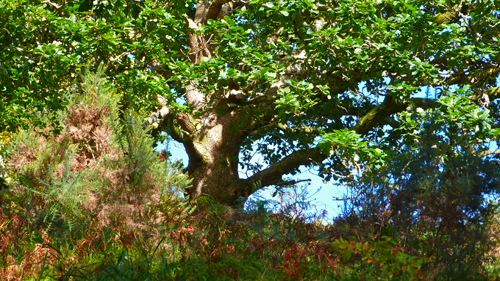
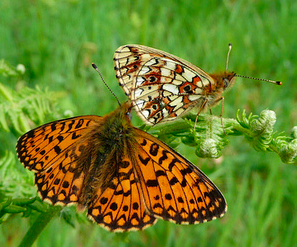
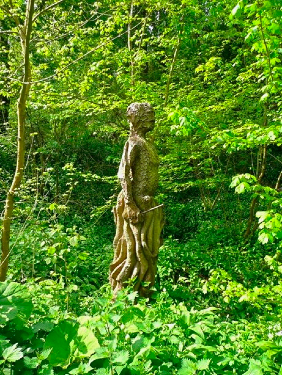
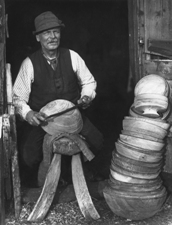



Thank you for this very informative and important post Hen.
I have been searching for information about this in France and although it’s present (mainly in the North East) there is practically nothing on the net about it!
I have only found some official governmental and forestry info on this problem and absolutely no news stories!
I think I will pop up and see the folks at my local nature reserve to see if they have more concerns about it.
xxx
Hi Laura, Chalara has been in France for a while. All practitioners (registered – not the siret numbered landscapers on a boat brigade) are kept well in the loop. And unlike UK the practitioners are main frontline not a mish mash of various PR players and policy makers ever distancing themselves from the work force! Thus the occasional outbreaks which have occurred are kept well under control for most threats. If you email me pip@paysagedurable.com I can forward on some bumf.